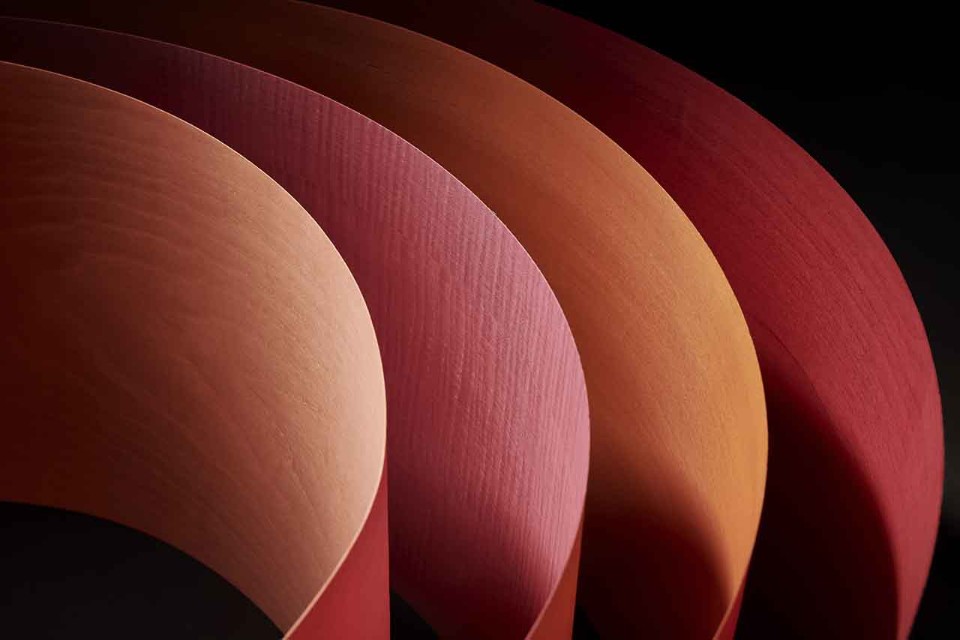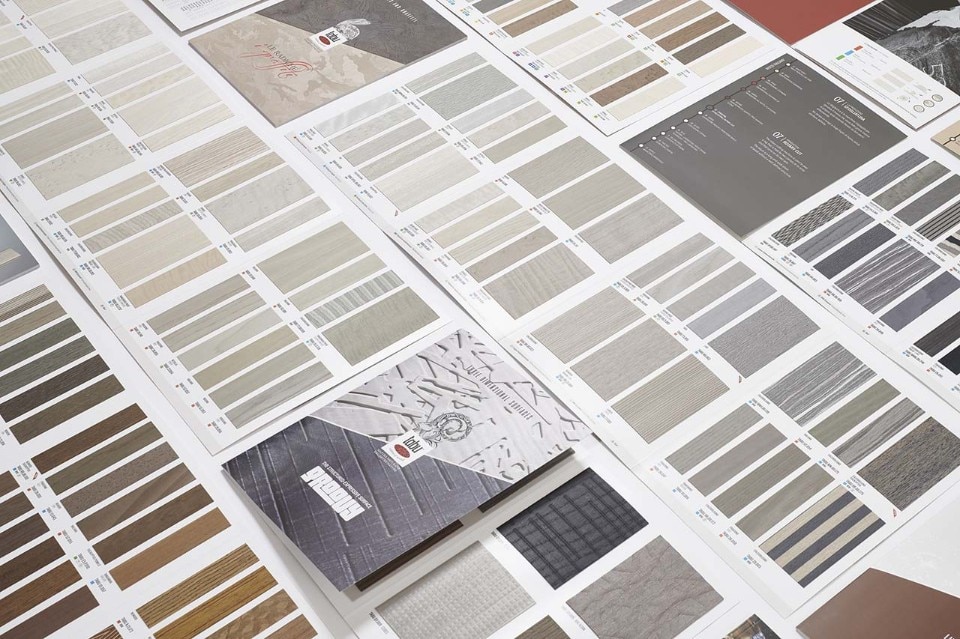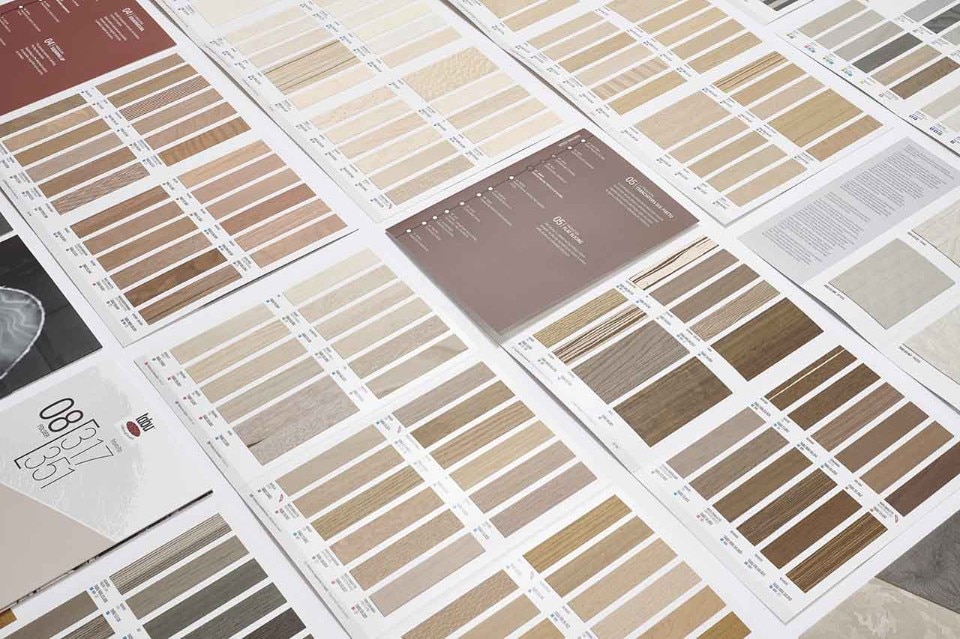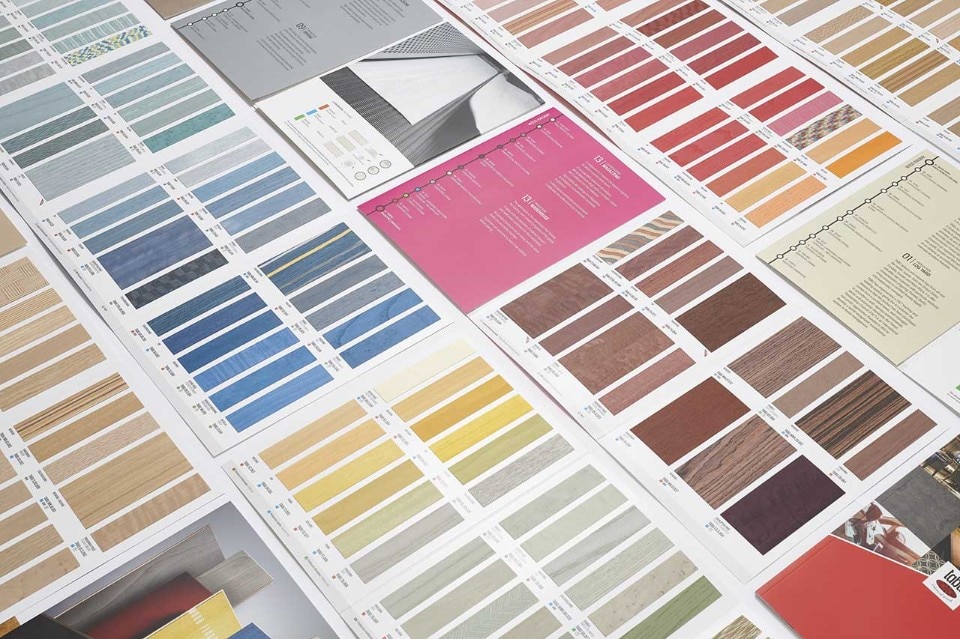Don't tell me that 555 colors aren’t enough for you. Tabu Spa, a Cantù-based leading company in the production of dyed veneers, recently presented the 555.18 collection, the largest collection of natural dyed and multilaminar veneers for interior architecture and furnishings. The company’s constant commitment to innovation and product development was awarded the Honorable Mention at the ADI’s Compasso d'Oro awards. Together with Tabu VP Andrea Tagliabue, we retraced an entrepreneurial history that is almost a century old.
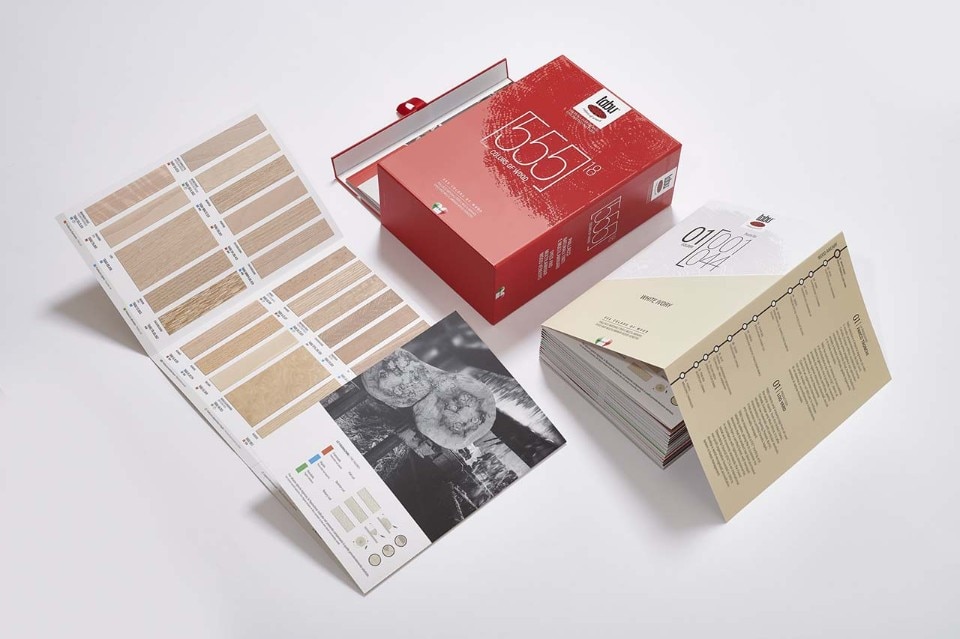
You have just received the Honorable Mention at the Compasso d'Oro awards. What does this award mean to you?
The work we have done with the 555.18 collection is very important. We have succeeded in creating an indispensable tool, a sampling box - our Red Box - that allows our customers to take a look at all our products in one go: it lists all our wood species and chromaticities, thus dividing the offer in colour-scale folders. We are so happy about this Honorable Mention, an important recognition for a project for which we invested more than one million euros in the last three years.
“555 colors of wood” are a lot of colors. Can you tell us about the technological development behind this large color scale?
In 1927, my grandfather Achille Tagliabue came up with the idea of dying wood all through its thickness. Since then, following the needs of the markets, we have developed an increasingly wide range of colors – today we have reached a total of 555 standard colors. This color scale wasn’t created as an exercise in itself: our 555 colors are always available in our warehouse in Cantù and in those around the world. In addition to our standard colors, we also work with custom colors: every year, we work on more than 5000 projects together with many designers and companies.
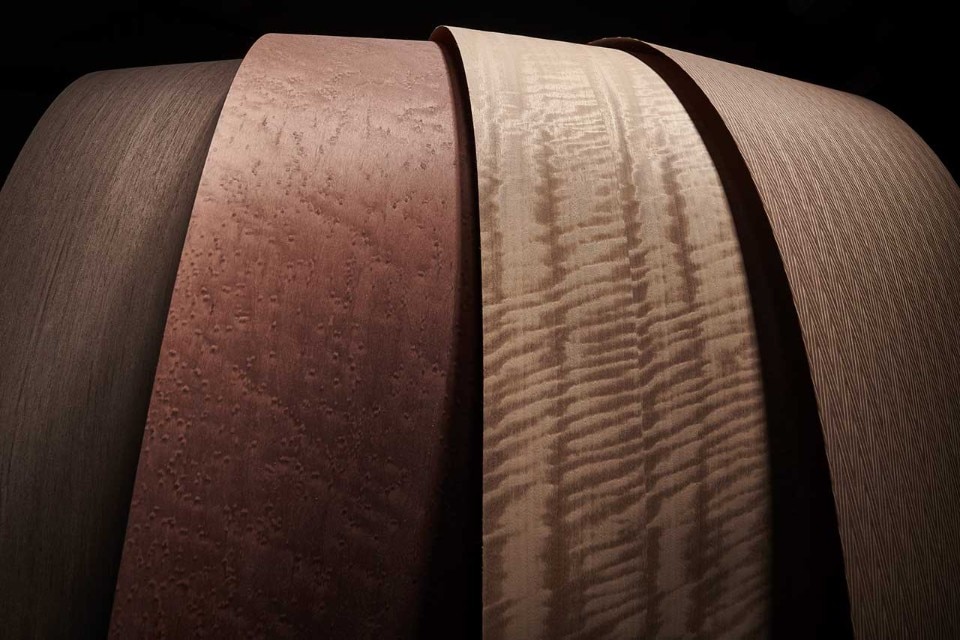
The color component is not the only element that defines the veneer, which is further characterized by the texture.
The texture is first and foremost a typical characteristic of wood. For example, oak has a deeper texture and is much more porous than walnut. For each species of wood, then, we slice veneers as to obtain a straight pattern of the grain, with a ribbed structure or a “cathedral” structure, which we also call “flame”. In addition to the porosity and grain, the wood can be presented with some three-dimensional features such as fusé, briarwood and pommelé – all natural characteristics that are impossible to control but that give the wood a unique beauty. After this, we can start playing with color.
Another element of the 555 collection are the inlays. How are they made?
The inlays are a recent addition. We realized that this ancient working technique was being very much neglected in the modern world, even in the luxury sector, so we reintroduced it by using a new technique, laser, and more modern wood species and colors. We have a range of standard designs and colors, but we are constantly working on customizations for architects, as in the case of the floors of all Versace boutiques worldwide, for which we have created a flooring made of many laser-cut and hand-assembled triangles that spread out radially.
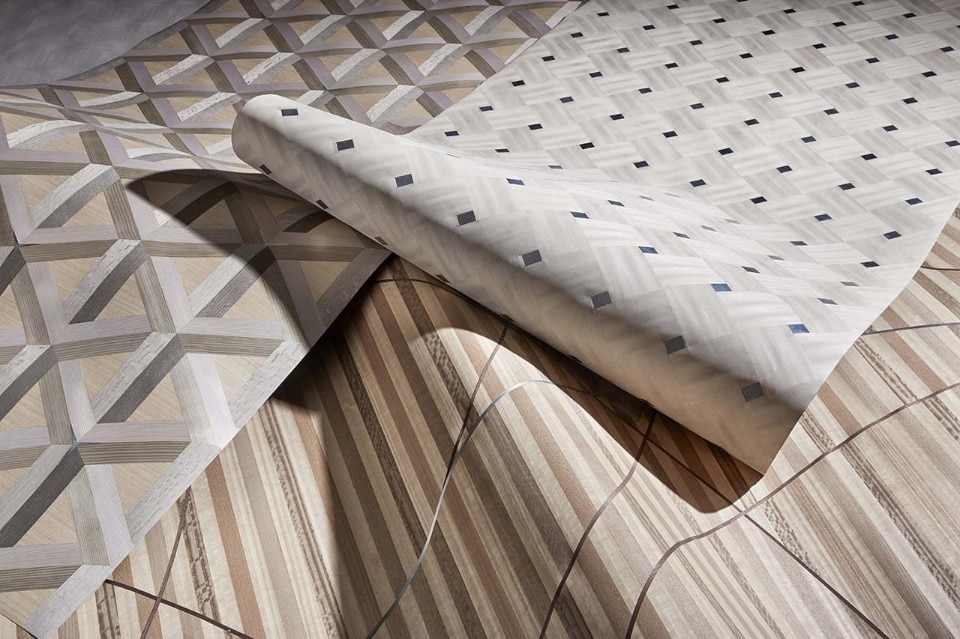
How do you select the wood species, and how do you manage the supply?
The supply takes place where the wood grows, so all over the world. That said, we always try to get our wood from certified forests and suppliers, so that we can always know the exact origin of our materials, which we prefer to come from North America and above all Europe. We also have African suppliers, and in this case, we must always make sure that the sources are legal and certified. We get our wood supply in two ways: either we buy the log, the raw material, or we buy the veneer. Generally, when the suppliers are in North America, we prefer to buy the veneers, because it is more sustainable, and the transportation costs are cheaper.
Tabu products are applied on different scales, from interior architecture to furniture. Is there any significant project you are working on right now?
A very interesting project is the one we are currently carrying out with a company from Brianza, Carpanelli, which pays great attention to the quality of the raw material and to sustainability. A factor with respect to which we must try to give real answers to the final consumers, beyond the moral choices in line with the company’s beliefs. We must not forget that wood is the only noble raw material that regenerates itself: if we buy the wood, then it means that there’s someone who has to make the forests grow, and forests make humanity grow. This is a very important theme, but it is still difficult for people to understand it.
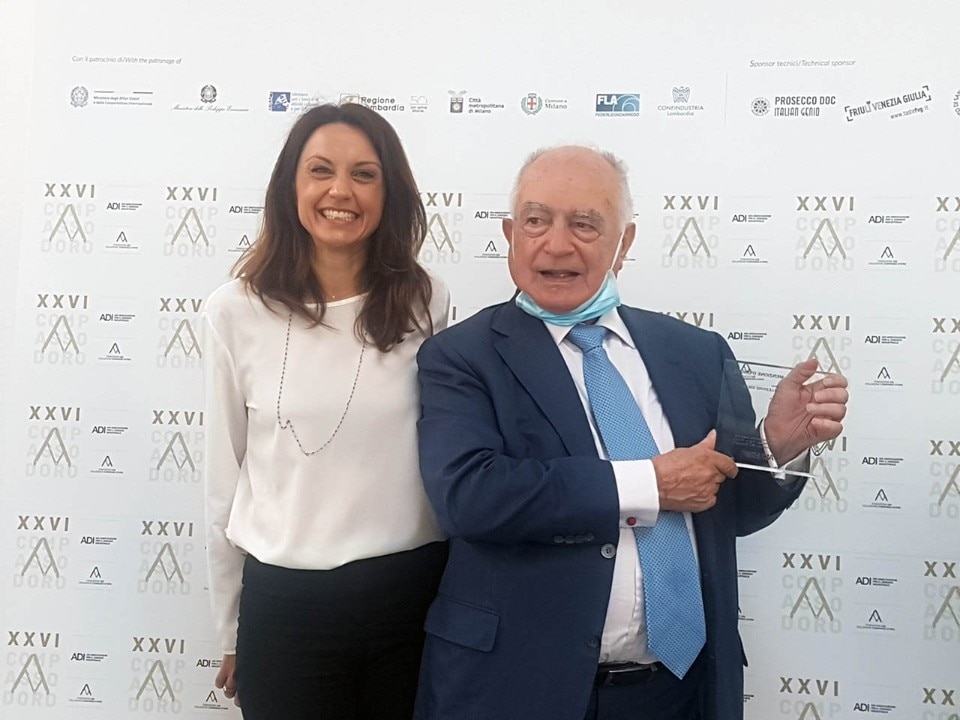
The winners of your IdeasxWood Contest will be officially announced on September 30th, at the Triennale.
We received 480 projects from all over the world, and it wasn’t easy to decide. We were very impressed by the focus on materiality: the designers tried to emphasize the tactile component of wood, and in more than one case they combined the aesthetics of wood with the properties of other noble materials, such as stone. This is a line of development on which we will certainly continue to work.


